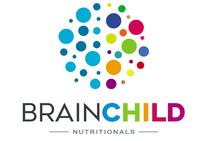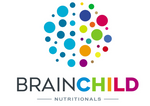Early Therapy Can Change Brains Of Kids With Autism

As the number of children with autism has risen dramatically over the past couple of decades, experts have learned that the earlier a child gets diagnosed, the earlier specialized therapy can be initiated, which can significantly improve outcomes.
Now researchers have been able to show that a particular type of behavioral therapy called the Early Start Denver Model (ESDM) not only improves autism symptoms, but
Autism is a neuro-developmental disorder that starts to become very apparent around age 3. The main signs and symptoms of autism involve communication, social interactions and repetitive behaviors. According to the latest statistics from the U.S. Centers for Disease Control and Prevention, one in 88 children currently is diagnosed with autism, including one in 54 boys.
"Early intervention alters the trajectory of the brain and social development in children with autism," says Geraldine Dawson, the lead study author who developed the ESDM therapy along with study co-author Sally Rogers.
Twins Jacob and Lucas Campbell hooked up to EEGs. Dawson was a researcher at the University of Washington when she helped devise ESDM; she's now the chief science officer for the advocacy and research group Autism Speaks and a professor at the University of North Carolina. Rogers is a professor and researcher at the University of California Davis MIND Institute.

ESDM therapy uses teaching methods from ABA, or applied behavioral analysis, the traditional one-on-one interaction between a child and the therapist.
But rather than sitting at a desk next to the child -- where a teacher or therapist breaks down complex tasks into small components and gives tangible reinforcements -- children receiving ESDM are sitting on the floor, playing with their therapist or parents.
It can be done just about anywhere, and Dawson says the play-based method of engaging a child helps him or her develop a social relationship.
The study began with 48 children in Seattle and Sacramento, California, who were between who were between 1 1/2 and 2 1/2 years old. Half of the children received a total of 20 hours of ESDM therapy over five days a week.
But since parents can be taught the methods in just a few hours, they could engage their children using the ESDM method as well. The other half of the toddlers received community-based interventions, which included in some individual therapist sessions and some day care-based sessions. The number of hours spent with therapists was the same in both groups.





